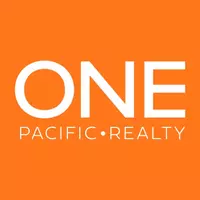State to subsidize mid-priced rental housing projects

A 434-unit apartment tower, dubbed Pohukaina Commons, is one of 11 proposed projects seeking special state financing under a new program established by the Legislature aimed at producing moderate-priced rental housing. Developer Highridge Costa plans to build Pohukaina Commons on state land in Kakaako next to Mother Waldron Park as part of a two-tower project known as 690 Pohukaina. The 29-story Pohukaina Commons is shown on the right next to a 20-story low- income apartment tower planned by Highridge.
By Andrew Gomes agomes@staradvertiser.com
Developers have blitzed a state agency to tap a special $150 million legislative appropriation for funding new rental housing aimed largely at middle-income Hawaii households.
Requests for the money appropriated in July total $331 million, or more than twice what’s available.
The response shows how much developers want subsidies to build moderate priced rental housing, though there are concerns that satisfying this demand will come at the expense of producing rental housing for low income households.
Under the program administered by the Hawaii Housing Finance and Development Corp., developers are competing to obtain low interest loans to build or rehabilitate rental housing for households earning up to a county’s annual median income, which on Oahu equates to $91,500 for a sin- gle person and $130,600 for a family of four.
Corresponding maximum monthly rents would be $2,287 for studios, $2,450 for one-bedroom units, $2,940 for two-bedroom units and $3,396 for three-bedroom units.
HHFDC’s traditional rental housing revolving fund is mainly used to produce apartments serving households earning no more than 80% of a county’s median income, including at least 5% of units in a project reserved for households earning no more than 30% of the median income.
The Legislature this year appropriated a record $300 million for this rental housing fund, but in a unique twist reserved half the amount for projects aimed at households earning between 60% and 100% of the median income.
Denise Iseri-Matsubara, HHFDC director, has described this target market as workforce rental housing that typically hasn’t been produced in recent decades locally due to a lack of subsidized government financing.
“Historically, development of affordable rentals for this workforce gap has not been feasible,” she said in written testimony on one rental housing funding measure, House Bill 2513, in February. “The subsidies will encourage more development, thereby providing more housing options to our state’s working families.”
HHFDC would not comment on the level of interest in the $150 million from developers or whether this sum would be better used in its traditional rental housing finance program.
Greatest need debated
The special financing program to produce middle income rental housing raised concern from one nonprofit active in local affordable housing development, Catholic Charities Hawaii.
Rob Van Tassell, the organization’s president and CEO, said in written testimony on the bill in February that low-income housing development subsidies
should take precedent because demand for such financing from HHFDC habitually exceeds supply.
“The state is falling behind in housing these households,” he said. “We understand that housing studies show need at all levels of income. There are other ways to address this need.”
Van Tassell later encouraged lawmakers to amend the bill so that $150 million would help finance rental housing for households earning up to 80% of the median income, but the higher limit endured.
Keali‘i Lopez, state director of AARP Hawai‘i, an advocacy organization for seniors, supported HB 2513 as a “balanced approach” given that development of new moderate-priced rental housing has been neglected because of the concentra- tion on low-income housing.
“This bill is a good step forward in addressing the housing needs of low-moderate income families,” she said in written testimony.
The Legislature ended up including the funding in a different bill, Senate Bill 3048, which Gov. David Ige signed into law July 2.
HHFDC made applications for the special $150 million available on Aug. 15, and developers had until Sept. 16 to apply.
Proposals vary
Most details about the submitted project proposals are confidential because they are part of pending competitive loan applications. HHFDC, however, has disclosed some general informa-
tion about the proposals. Seven developers submitted applications for 11 projects with a combined 1,416 rental homes, of which between 600 and 800 can probably be financed with the available $150 million.
Of the 11 proposed projects, seven are on Oahu, two are on Kauai and one each is on Maui and Hawaii island.
Some of the applications involve previously planned housing projects where plans have been changed to seek the special financing.
The biggest request is for $67.5 million to help build a tower on state land in Kakaako where Pohukaina School existed decades ago and a few prior development plans failed over the last decade.
California-based developer Highridge Costa was selected by HHFDC last month over four competitors as having the best proposal, which includes 631 apartments in two towers on the site known as 690 Pohukaina. A $67.5 million loan from the special appropriation would help finance one $220 million tower, Pohukaina Commons, with 434 units that the developer projects could be done by 2026.
Highridge also has applied for $55.1 million to help finance a planned 254-unit apartment building on Waialae Avenue near an H-1 Freeway on-ramp and the Kalele Road entrance to the University of Hawaii at Manoa.
The third biggest application by unit count is connected with a condominium tower planned by Honolulu based Kobayashi Group called Kuilei Place in Moiliili fronting Kapiolani Boulevard between Kaimuki High School and ‘Iolani School. This $619 million tower was initially slated for 1,005 condos, though Kobayashi is now interested in making 165 of the units rental apartments reserved for households earning from 80% to 100% of the median income if the company can obtain $28.7 million from the special $150 million pot of financing.
Another project seeking a slice of the special fund is a tower to be built by Honolulu based Stanford Carr Development within a Kamehameha Schools master plan in Kakaako.
Carr plans to develop two towers containing 859 units, of which 124 would be rentals at least partly financed by $24 million sought from the special fund appropriation. Remaining units would be for-sale condos priced for households earning 100% or more of the median income.
When the Carr project dubbed Kahuina was announced by Kamehameha Schools in March, a 125-unit affordable rental housing component was aimed at households with incomes between 30% and 100% of the median income.
Other development firms competing for the special funding include two nonprofits — the Hawaiian Community Development Board and AHED Foundation — as well as a firm led by local affordable-housing devel- oper Gary Furuta.
Criteria for selecting the most desirable projects for funding awards include the number of units produced in relation to the subsidy amount, the number of years that units will be fixed to incomes, developer experience, involvement of a nonprofit and developer fees.
HHFDC expects to award the $150 million Nov. 10.
Categories
- All Blogs 146
- Activities 6
- Affordable Housing 57
- Affordable Rentals 9
- Agent Appreciation 1
- Agents 7
- Ala Moana 16
- ANNOUNCEMENTS 52
- Buyer's Agent 36
- Coming Soon 22
- Commercial Real Estate 4
- Community 35
- Company Events 1
- Condos 73
- Condotel 1
- Consumers 9
- Department of Hawaiian Home Lands 1
- Dining 9
- Downtown 4
- Family 9
- First-time Buyer 52
- Hawaiian Homestead 1
- Holidays 5
- Homeowners 37
- Ililani 4
- Investor 47
- Kahuina 4
- Kakaako 45
- Kalae 4
- KE'OLU 3
- Koa Ridge 3
- Kuilei Place 3
- Launiu 4
- Lending 2
- Listing Agent 4
- Luxury Condos 18
- Melia Ward Village 1
- MidTown Ala Moana 20
- MODEA 1
- Monthly Market Update 16
- Mortgages 3
- Neighborhood 55
- New Condos 52
- New Construction 74
- New Listing 6
- Open House 6
- Park On Keeaumoku 10
- Pet Friendly 11
- Price Reduction 2
- Real Estate 76
- Reserved Housing 33
- Residential Real Estate 54
- Retail 9
- Salt Kaka'ako 2
- Single Family 16
- Special Occasion 4
- Tax Benefits 7
- The Flats At Ala Moana 3
- Townhouse 14
- Ulana 11
- VA Approved 5
- Vacation Rental 1
- Waiakoa 1
- Waikiki 5
- Ward Village 34
- Workforce Housing 29
Recent Posts
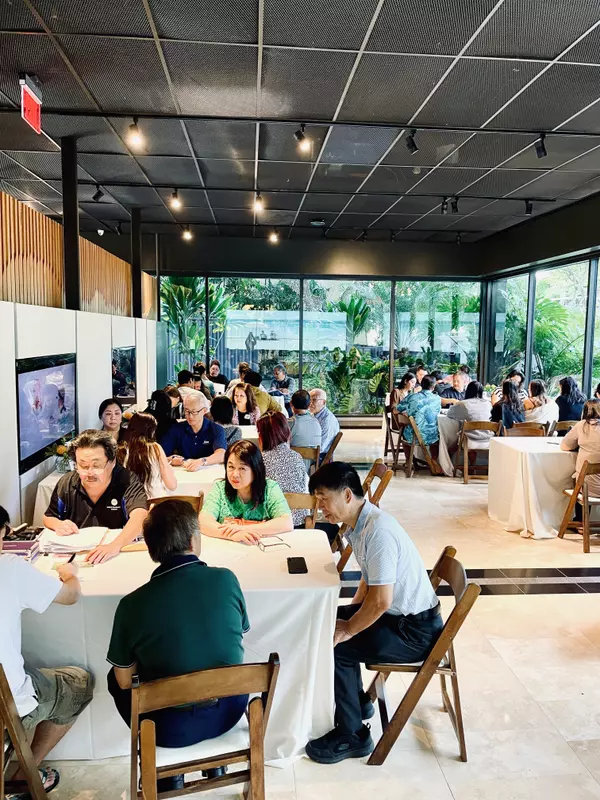
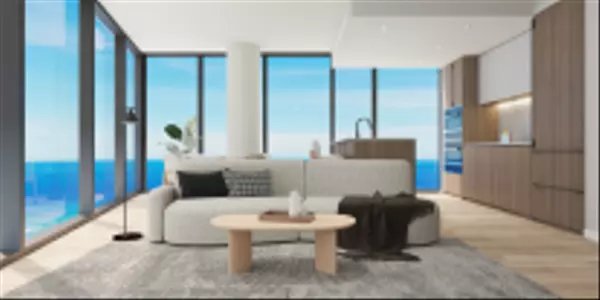
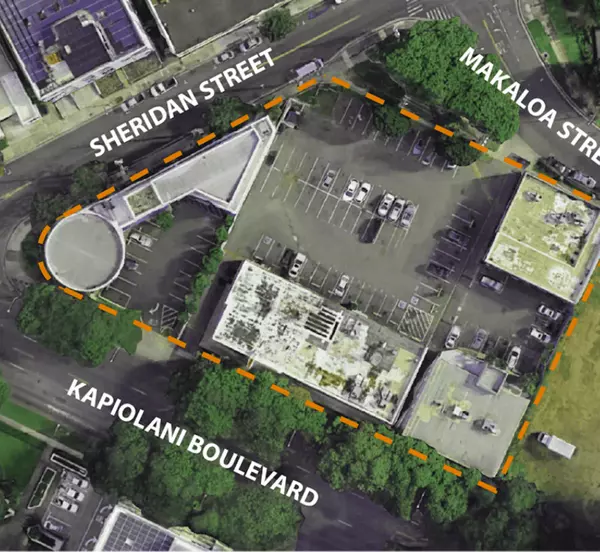

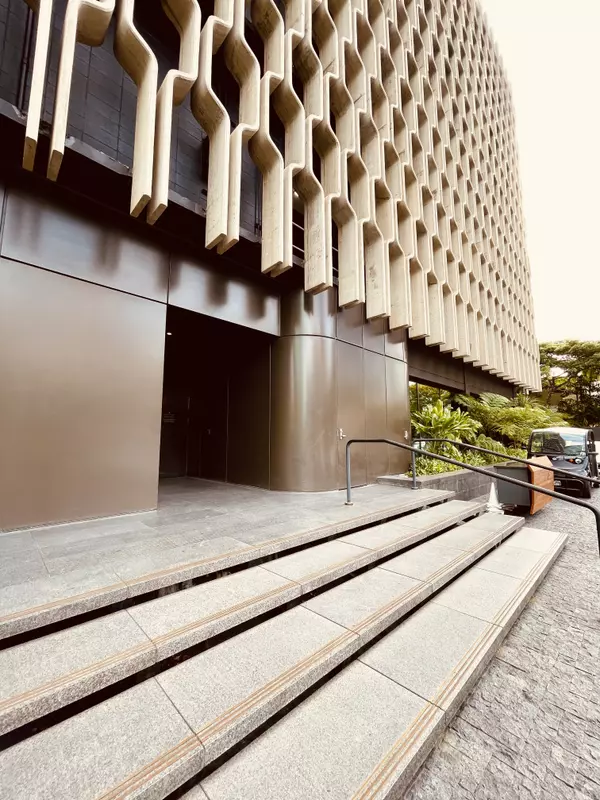

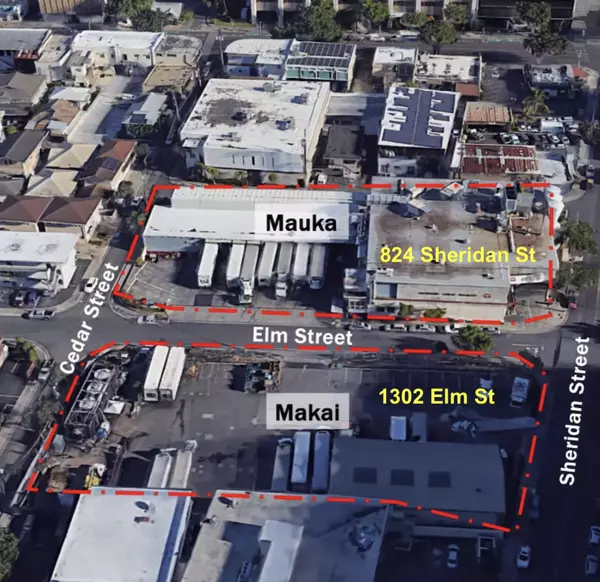


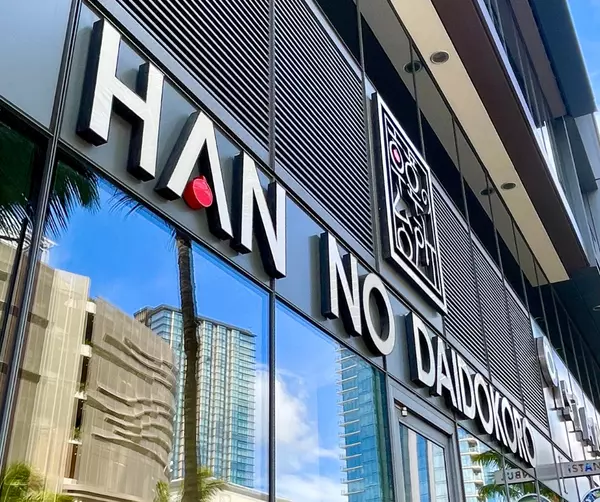
GET MORE INFORMATION

